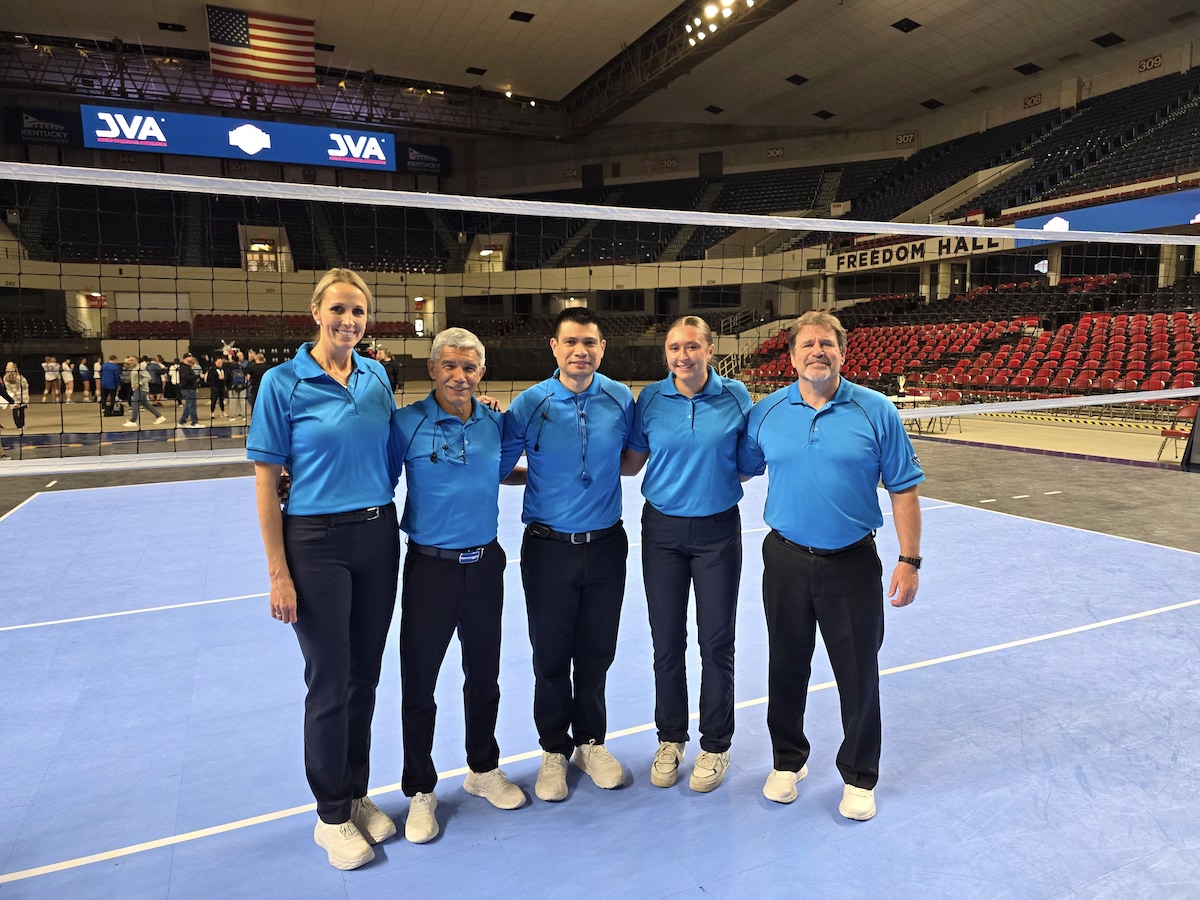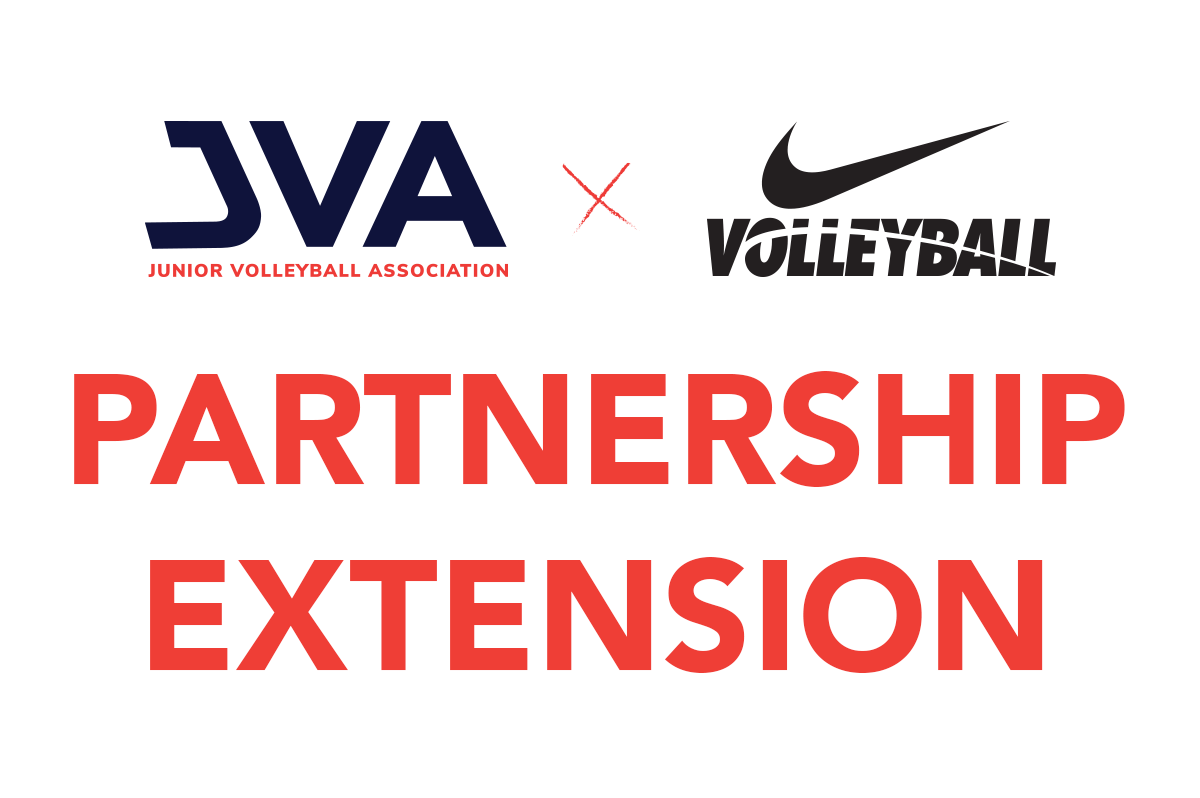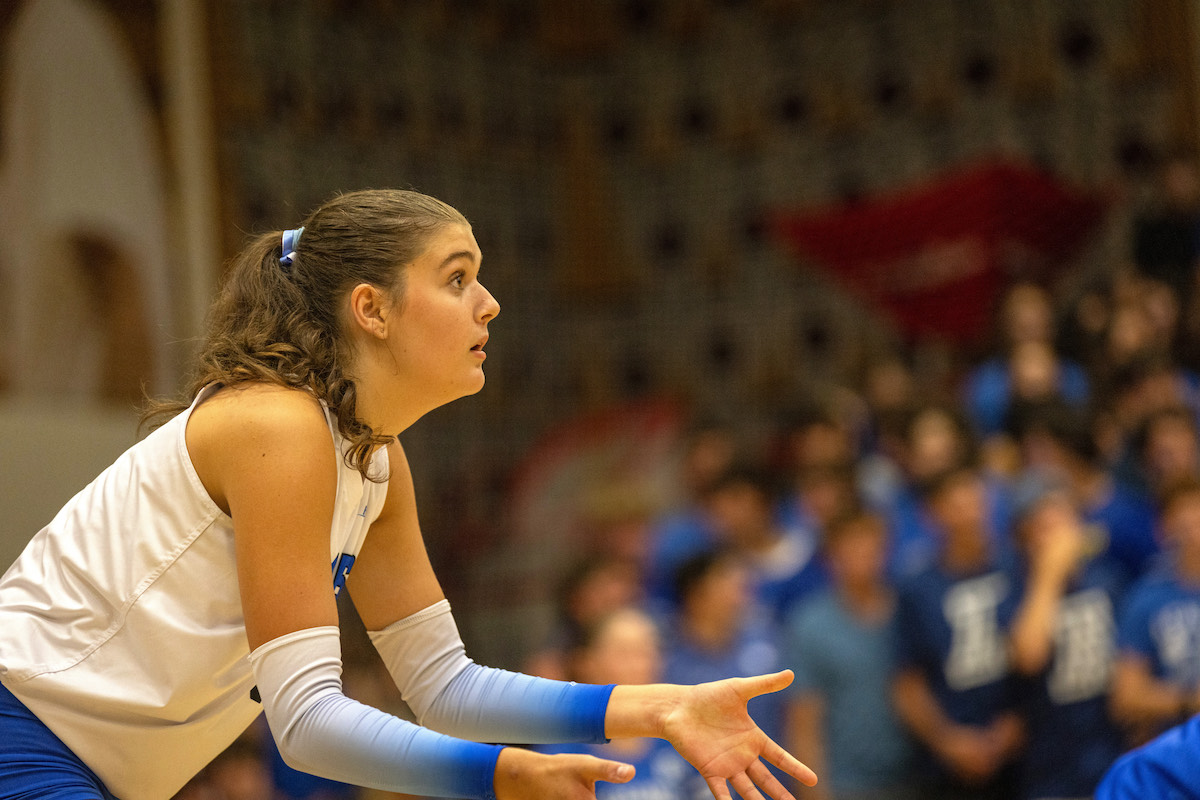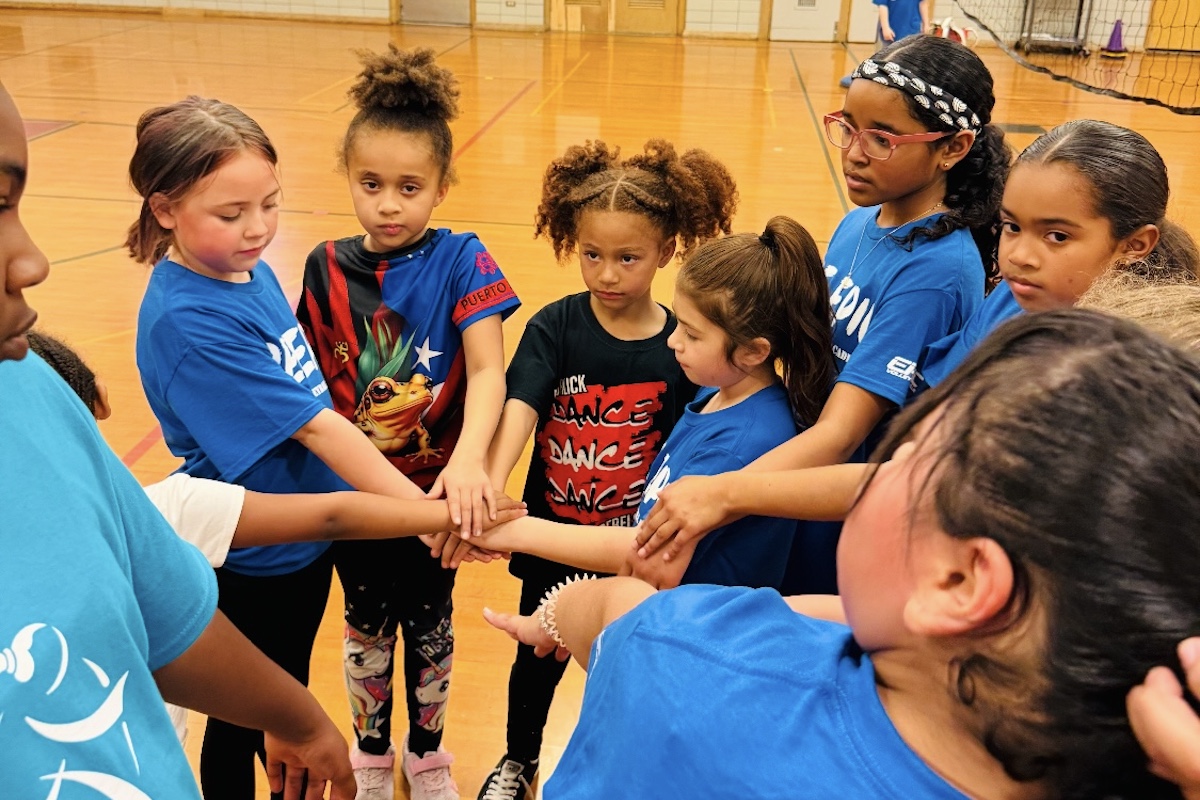Today’s youth volleyball landscape is extremely competitive at the club level. While participation in youth sports overall has been steadily declining in the US over the past 15 years, participation in high school volleyball, particularly among girls, has increased 15% since 2002. The number of girls participating at the club level has increased too, and with it, a proliferation in the number of clubs, all competing intensely for players who are often quick to “club shop.”
Why Player Retention Is Important
Unfortunately, high turnover and low retention rates can have a long-term negative impact on a club for many reasons, starting with financial viability. “Player retention has more impact on a club’s sustainability and financial success than any other metric,” says Dr. Matthew Robinson, Professor of Sport Management at the University of Delaware. “In the business world, marketers try to attract customers at a young age and retain them for life.” It’s common knowledge in the business world that the cost of acquiring a new customer is 5-25 times more expensive than retaining an existing one. The same holds true in youth sports.
Low retention can also have a negative impact on player development and team development. The longer a player is with a club, the more you can impact that player’s long-term development. And teams that play together for years have a big advantage over high turnover teams in terms of communication, cohesiveness, and performance. Tracking retention rates, therefore, is a key metric for a club and offers an objective way to measure club and coach performance. Your club should know the percentage of players in each core program who played the 2022-23 season and returned to play again in the 2023-24 season.
How to Improve Player Retention
The two key factors that drive higher rates of retention and, ultimately, improve performance as a club are player enjoyment and player development. At the end of the day, kids want to have fun, feel a sense of belonging and see improvement as players. Here are some tips for clubs and coaches:
1. Foster Team Camaraderie and Club Community – host club-wide social events for families; organize outings to local collegiate matches or host watch parties; encourage all teams to plan regular off-court get-togethers; take time at practice for players to give each other “shout outs” or just share something about their week.
2. Partner with Coaches – make sure your coaches know they play a big role in player retention. Set expectations, then support them with mentors, curriculum, and training tips. Encourage them to track registrations and communicate with families.
3. Communicate & Engage – share club expectations, mission and values with players and parents. Encourage face-to-face meetings and actively listen to avoid an “us vs. them” mindset. Invest in quality surveys and analysis to measure and improve the player experience.
4. Build Relationships with Players & Parents – pick a parent and/or player each week to get to know better and see how they are doing on and off the court. Let them know you take you take an interest and have their back as a coach and mentor.
5. Drive Individual Player Development – let players set their own goals and help them devise a plan to reach those goals. Give feedback on a regular basis, but always start with the positive.
Sprocket Sports’ all-in-one club management platform offers a suite of tools to track and increase player retention. Learn more at www.sprocketsports.com.











